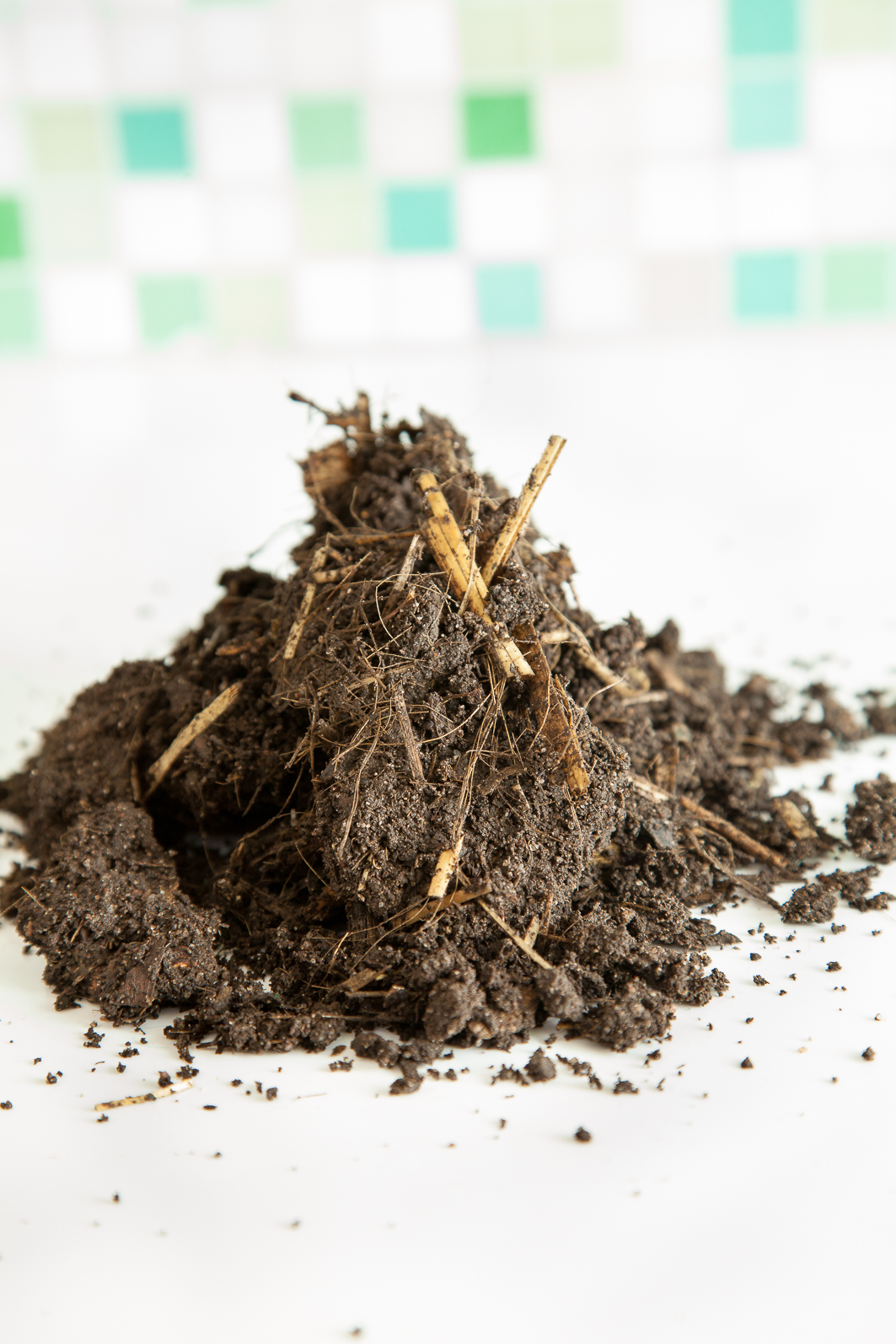I am reading Soils and Soil Fertility by Frederick R. Troeh & Louis M. Thompson and the story is riveting: in all honesty I am loving it! As plants have no legs and therefore can’t hunt or gather they first ‘adsorb’ their meals and then ‘absorb’ to access nutrients available in the soil. ‘Adsorb‘ in this case means being attracted and held (by the forces of charged particles) next to a surface. And ‘Absorbed‘ is when the material (calcium, iron, nitrogen etc) is taken inside the plant tissue and held more tightly. Each of the macro and micro nutrients present in soils have either a positive or negative charge. Soil particles are also charged (negatively charged) and this negative charge attracts positively charged particles to it (cations). The process of adsorption is called Cation Exchange Capacity and different soils have different Cation Exchange Capacity (CEC) values. The amount of Cation Exchange Capacity of a soil is an important component of soil fertility. A high CEC value, relates to a high capacity for a particular soil to adsorb a certain number of plant nutrients. Humus (negatively charged), which is not in itself a soil but a component of soils (an organic component), has a high CEC value, hence why it is a highly prized material for soil amelioration. The ability of a plant to absorb the nutrients it has adsorbed depends on the solubility of the nutrient in question. I will explore further in a future post. Arrivederci, mara


0 Comments